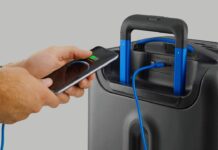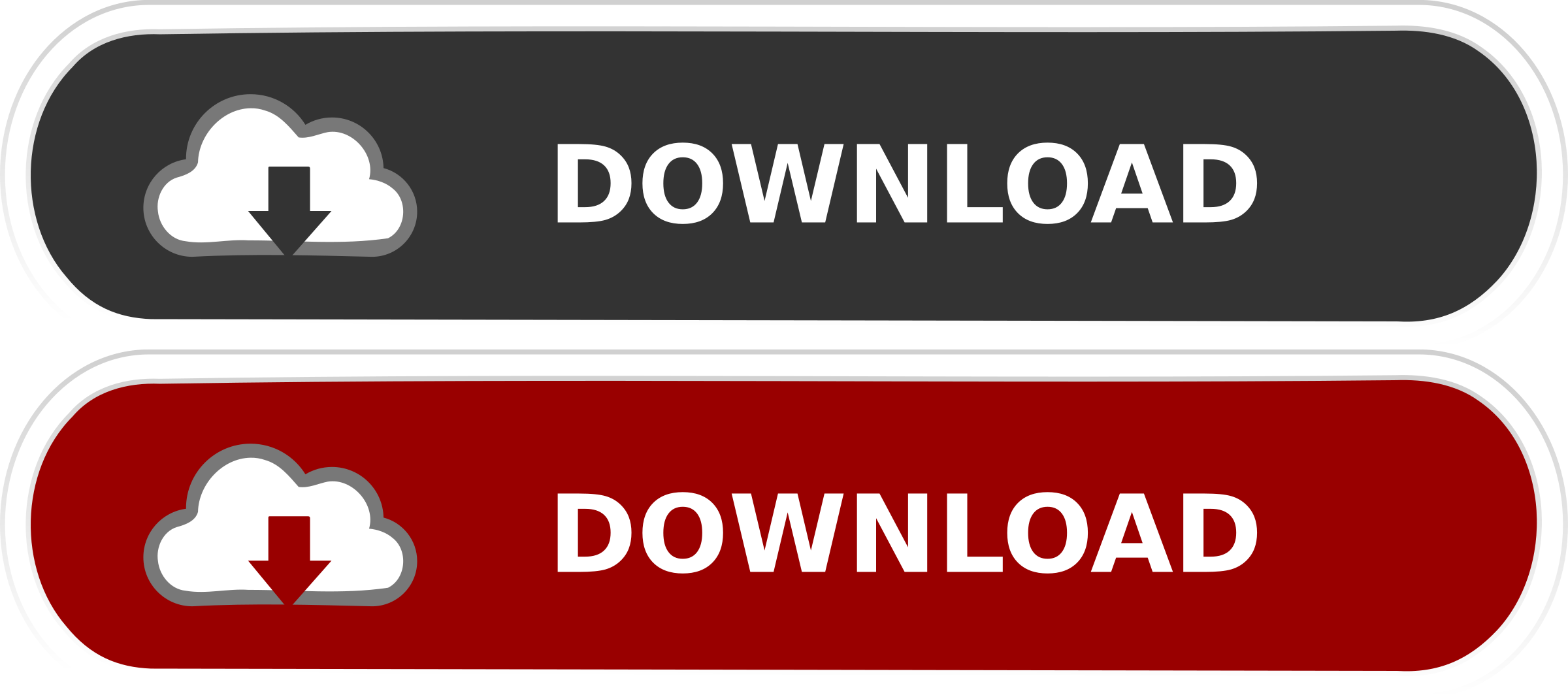Telnet Server Crack Serial Number Full Torrent Download
Telnet Server is used to allow remote access to NT and 2000/XP/2003 system through a client computer via Telnet or RADIUS connection. All remote access features are provided to any user connected to the host or network.
A host/server may use Telnet Server to provide remote access to NT or Windows 2000/XP systems. To provide remote access to Windows NT, the server must be on Windows 2000, Windows NT 4.0, Windows 2000 SP1, Windows 2000 SP2, Windows 2000 SP3, or Windows NT 5.0.
Telnet Server provides the following NT and Windows 2000/XP features:
· UNIX-style Telnet connections (Lines, screen mode, scroll buffer, etc.)
· Connection restriction based on Host/IP address, number of users, user/group accounts, username, and domain name
· Support for UNIX Telnet “special keys” such as ESC, CTRL-C, CTRL-D, CTRL-G, CTRL-U, etc.
· Full function keys support (for example, F1-F12, CTRL-F1-F12)
· Color support
· Graphics support (including Edit.com, FCW.exe, etc.)
· Client printing: Allows remote user to print locally
· Remote monitoring of existing telnet connections and users
· Remote disabling/enabling of new connections
· Can provide full access to the system’s console
· Remote shutting of user session
· Timeout parameters to control user login/session idle time
· Connection restriction based on number of users
· Connection restriction based on Host/IP address
· Automatic login based on IP, user, password and domain
· Support for terminal emulation such as DEC VT100, DEC VT220
· Remote SSH service and SSH logging for Windows NT
Telnet Server uses WinINET Service to provide remote access to NT/2000/XP systems. NT/2000/XP Telnet Server can be installed and run on any Windows NT, 2000, XP, or 2003 system as a console server.
Telnet Server can be installed on a Windows NT 4.0, 2000, 2000 SP1, 2000 SP2, 2000 SP3, or NT 5.0 system.
Telnet Server supports Telnet and RADIUS protocols. Telnet Server supports most any Telnet or RADIUS client and can be installed on a Windows 2000 or XP system.
NOTE: Telnet Server cannot be installed on Windows NT
Telnet Server License Key
Install
The telnet server is preconfigured for use on Windows NT/2000/XP/2003. The installer is a self extracting file.
Configuration
Configuration is stored in the registry or can be exported to text file.
Administration
All configurations and maintenance are done remotely using telnet.
General Information
The default Telnet Server port is Telnet default port = 23. (default=8021)
telnet.ini
When the telnet server starts, by default the port is set to 8021. You can change this port number by changing the following line:
[general]
port = 8021
The user name is always the user name of the Windows NT/2000/XP/2003 system that is running the telnet server. The password is set to an empty string. The authentication type is set to Password and the user name must be set.
[General Settings]
telnetServerName = NT Domain
telnetPort = Telnet port number
telnetServiceName = Telnet Service
loginUserName = User name
loginPassword = Password
loginPasswordFormat = %s
loginPasswordType = Password
loginScript = Login script: username/password/ip
loginScriptFolder = Login script folder: default is the current directory
userSettingFile = User settings file
enableUserSettingFile = Use this file for user settings.
defaultUserSettings = User settings will be loaded from this file.
enableLogonScript = Enable login script: username/password/ip
enableLogonScript = Enable login script: username/password/ip
logonScriptFile = Login script file: default is c:\Telnet Server\telnetServer.log
logonScriptFile = Login script file: default is c:\Telnet Server\telnetServer.log
disableTelnetConsole = Disable Telnet Console
disableTelnetConsole = Disable Telnet Console
defaultDisplayWidth = Default display width: default 80
defaultDisplayHeight = Default display height: default 25
characterWidth = Character width: default 9
characterHeight = Character height: default 10
fontColor = Font color: default black
fontColor = Font color: default black
fontBlank = Font blank: default 0
fontBlank = Font blank: default 0
userSettingFile = User settings file
enableUserSettingFile = Use this file for user settings.
Default Telnet Server Name = NT Domain
Default Telnet Port = Telnet default
1d6a3396d6
Telnet Server Crack With Keygen
Telnet Server v2.2 is a powerful and easy to use software to turn your Windows NT/2000/XP/2003 system into a multi-user telnet server. With the telnet server, you can provide remote users with full access to NT/2000 command line. The server allows remote users to run any character based applications. You can log on multiple users at the same time, each can do his/her work. Telnet is used to provide the interface to the users. Telnet Server v2.2 provides screen and line mode (for both MS Telnet and PowerTerm) with scroll buffer support. It has 2 built-in telnet console applications: (1) Remote Command Shell, (2) File Transfer Control. The software allows users to print any connected clients locally. It provides remote monitoring for existing telnet connections and user sessions. It allows remote disabling/enabling new connections and session. The software also allows logging on by specifying a user name and a password. It provides a maximum of 30 days for trial.
Download Telnet Server v2.2
This software is a shareware and it is provided for non-commercial use only.
Download Telnet Server v2.2
The source code of this product can be downloaded from our web site (
How to install and use Telnet Server v2.2
To use the product, you just have to extract the Telnet Server archive and double-click the exe file to run the application. There is no need to register, no need to give any serial number and no need to purchase any license keys.
Using Telnet Server v2.2
Telnet Server v2.2 allows you to run any character based application on your NT/2000 system remotely. Use telnet and remote login script to remotely administer a system. Telnet Server v2.2 is very useful in supporting old DOS applications.
Key Features
· Run any DOS/Windows application (including Windows DOS applications) or a Unix shell on your Windows NT/2000/XP system.
· Multi-users mode for Windows NT/2000/XP systems.
· Option to restrict users based on Host IP address, Number of users, Host’s MAC address, Host IP address, Host’s name, Host’s host name, Client IP address, and Client’s host name.
· Option to allow remote login from specific IP addresses or network, or
What’s New In?
Telnet Server can run on Windows NT systems.
telnet-server.exe executable is invoked for each client connection.
With one client connection, the executable runs in background only.
This executable is a console mode application written in VC++.
The executable supports the following features:
· Supports telnet protocol with compression,
· Supports multiple clients,
· Supports screen mode and line mode with scroll buffer,
· Supports full function keys including F1-F12,
· Supports color support for any telnet client,
· Supports client printing,
· Supports remote monitoring of existing connection,
· Supports remote disabling/enabling new connections,
· Supports remote connection restriction based on host or IP address or username,
· Supports remote connection restriction based on number of users logged in,
· Supports remote shutdown of the server,
· Supports remote stopping of user session,
· Supports timeout parameters to control user login/session idle time,
· Supports ALT keys,
· Supports Global User Login Script,
· Supports Timeout Script,
· Supports CTRL-C,
· Supports host/port number filtering.
Usage:
The executable can be used in two ways:
· As a standalone console mode application, the executable is invoked by default for all telnet connection.
· In conjunction with Windows NT Telnet client, the telnet-server.exe executable is invoked for each telnet client connection.
The telnet-server.exe executable supports:
· Microsoft Windows NT Telnet client
· Cisco Telnet client
· DEC VT100 terminal emulator
· DEC VT220 terminal emulator
· IBM PC-style telnet client
· IBM x3200, 5250, C4050, 3750, 5200, 5500, 6500, 7500, 8100
· Macintosh telnet client
· DEC PowerTERM
· Sun 3-style telnet client
· Windows 95/98/NT telnet client
· Microsoft telnet client (telnet.exe)
· Advantech Home Telnet terminal emulator
· Cisco telnet client (CRT)
· DEC SysV telnet client (DEC VT100)
· Unix telnet client (Korn shell)
· Non-telnet clients, such as FCW.exe,
· IBM PC-style telnet client
System Requirements For Telnet Server:
Minimum:
OS: Windows 10 (64-bit)
Processor: Intel Core i3-4160, Intel Core i5-8265 or AMD equivalent
Memory: 8 GB RAM
Graphics: NVIDIA GeForce GTX 1050/AMD equivalent or higher
DirectX: Version 11
Storage: 8 GB available space
Recommended:
Processor: Intel Core i3-7350K, Intel Core i5-8500 or AMD equivalent
Memory: 8 GB RAM
https://mypartcar.com/av-ringtonemax-crack-lifetime-activation-code-updated-2022/
http://nextgenbioproducts.com/?p=4490
http://yiyo.es/wp-content/uploads/2022/06/Malaysia_HardwareZone_Pricelist_Download.pdf
http://www.tradingbytheriver.com/?p=22333
https://www.midwestherbaria.org/portal/checklists/checklist.php?clid=66470
https://startacting.ru/?p=5080
https://bintimalu.com/wp-content/uploads/2022/06/JBatchRunner.pdf
https://kidztopiaplay.com/wp-content/uploads/2022/06/caelraha.pdf
https://fitvending.cl/wp-content/uploads/2022/06/MyTotal_TV.pdf
https://www.plori-sifnos.gr/wp-content/uploads/2022/06/vanfait.pdf
https://praxisboerse-arbeitsmedizin.de/su1x-free-download-x64-2022/
https://coffeemachinesstore.com/wp-content/uploads/2022/06/willasz.pdf
https://fennylaw.com/file-converter-5-7-4-0-crack-license-key-mac-win-latest-2022/
http://eventaka.com/?p=1239
https://lots-a-stuff.com/wp-content/uploads/2022/06/WinSSHTerm_Portable.pdf
https://transparentwithtina.com/wp-content/uploads/2022/06/XLEasyGantt.pdf
http://masterarena-league.com/wp-content/uploads/2022/06/ailewal.pdf
http://tekbaz.com/2022/06/07/dnss-domain-name-search-software-crack-with-license-code-2022-latest/
https://www.aussnowacademy.com/exorcist-gif-to-png-crack-license-keygen-mac-win/
https://herbariovaa.org/checklists/checklist.php?clid=19266






































